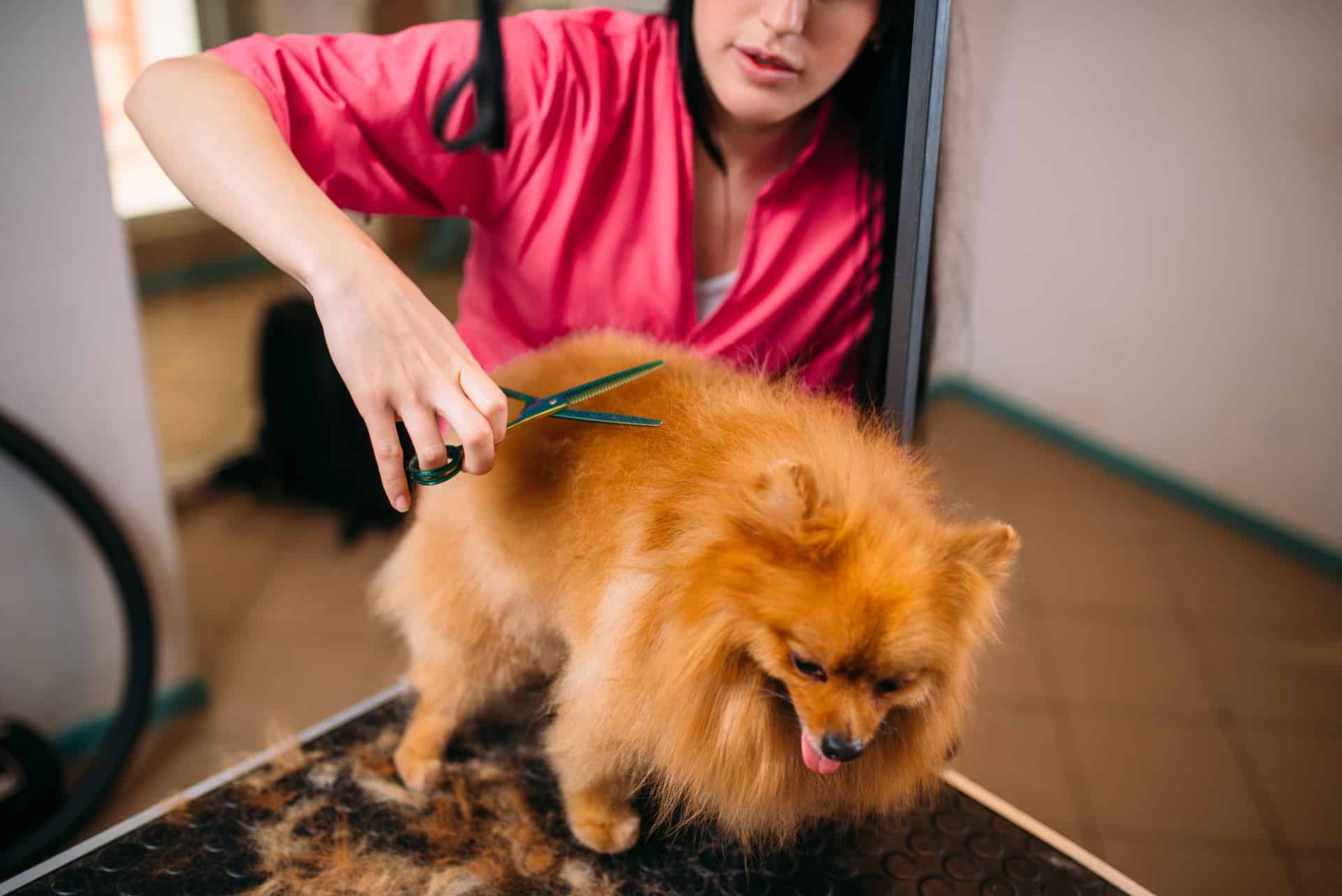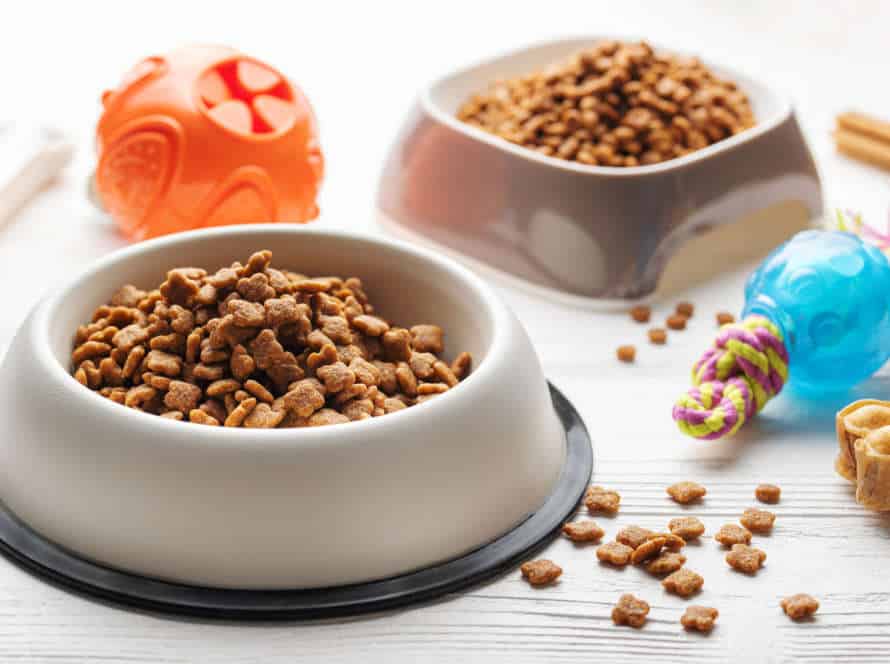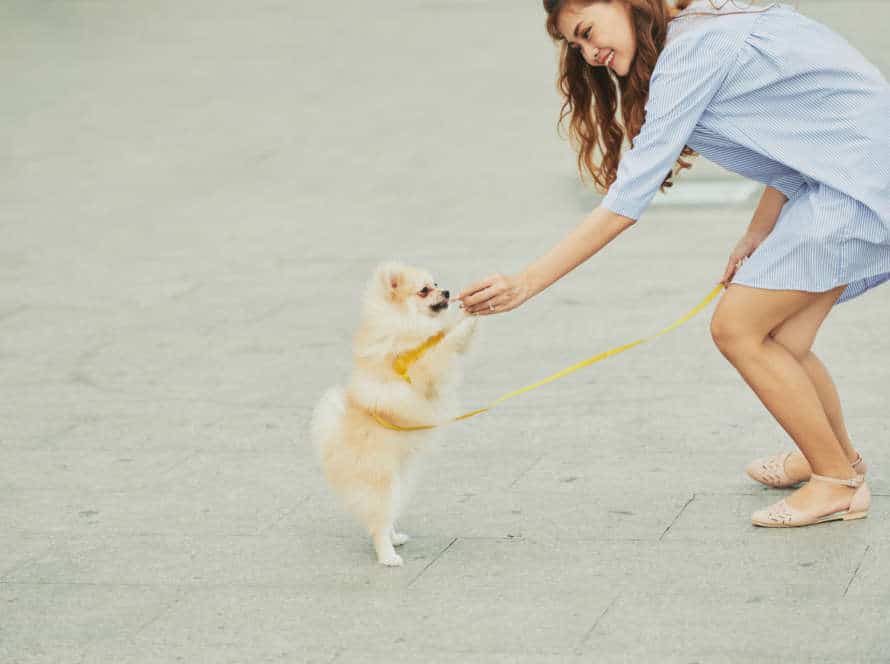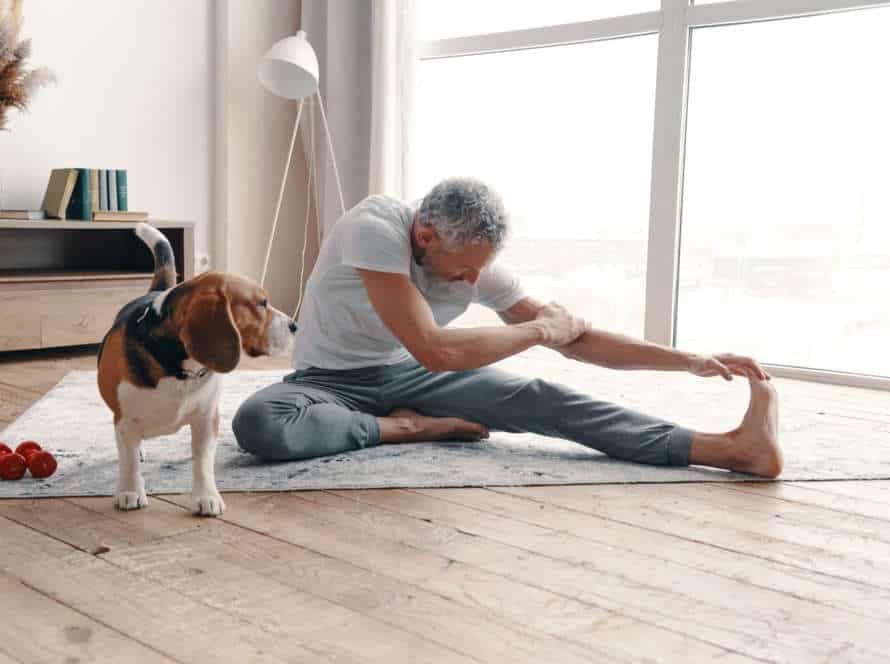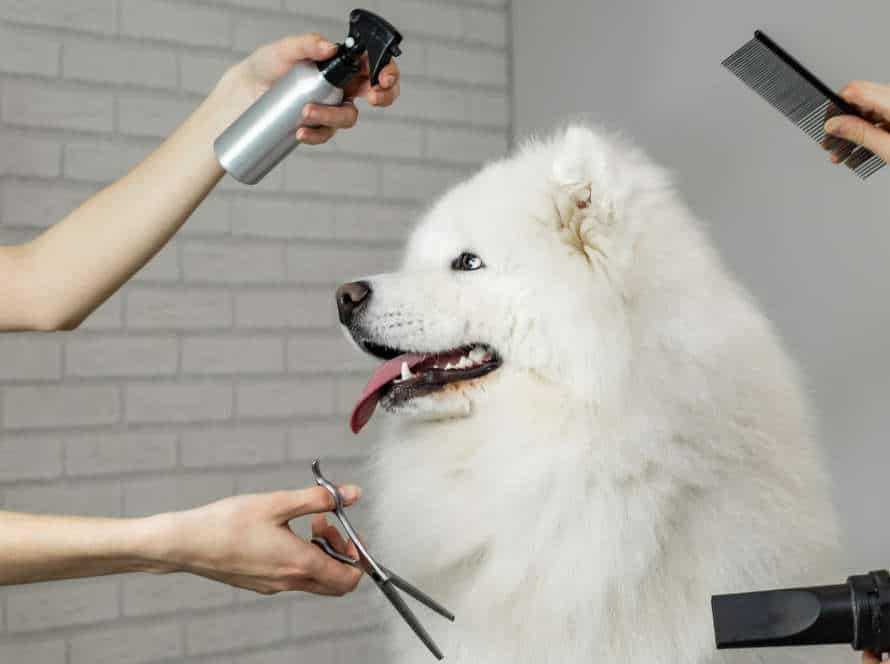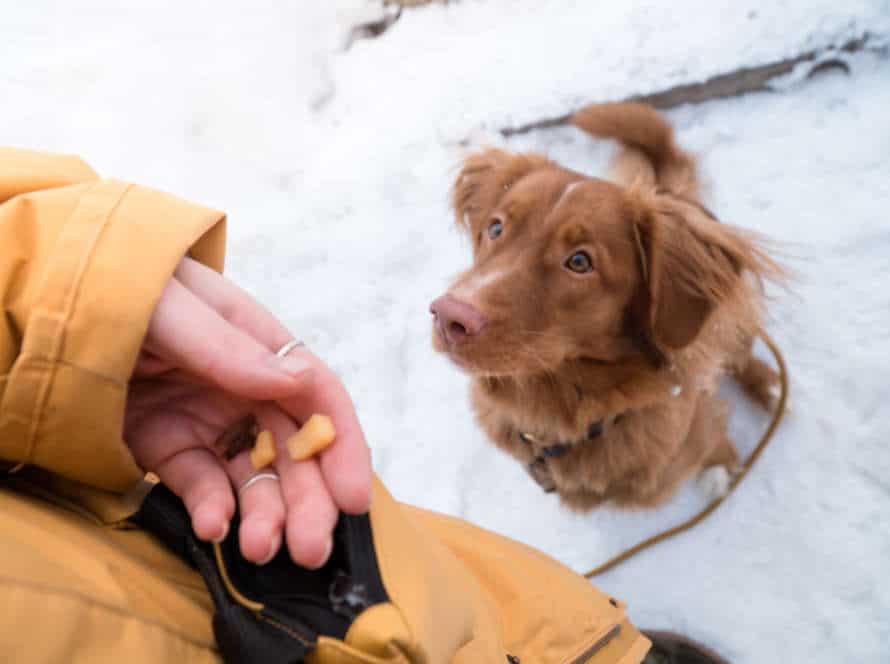Dog Grooming 101: Everything You Need to Know
Dog grooming is key in pet care. It needs regular attention and maintenance. Here’s what you need to know:
- Brushing: Get rid of dirt, loose hair and matting with regular brushing. Different types of fur need different brushes.
- Bathing: Depending on their coat and activity level, dogs should be bathed every 3-6 months. Avoid getting water or soap in their eyes or ears. Use mild shampoo.
- Nail Clipping: Trim nails every 4-6 weeks or as required. Use sharp clippers and watch out for the quick.
- Ear Cleaning: Soft cloth and ear-cleaning solution to take away wax and buildup.
- Teeth Brushing: Each day, use a dog-specific toothbrush and toothpaste to brush your dog’s teeth.
Pro Tip: Seek professional help if you’re not confident with grooming tasks. It can help prevent health issues and strengthen your bond with your pup.
Grooming Tools and Supplies
Grooming your pup? It’s essential! To keep them healthy, happy and comfy, the right tools and supplies are must-haves. Let’s take a look at the equipment and products you’ll need. Get the job done properly!
Essential grooming tools for your dog
Grooming your pup is a vital part of pet care, helping to keep them clean and healthy. Selecting the right grooming supplies can make a huge difference. Here’s a list of the essentials:
- Brush: A quality brush is necessary for a sparkly, knot-free coat.
- Comb: A stainless-steel comb is great for untangling knots and removing fur.
- Nail clippers: Trimming your pup’s nails is important for their comfort and mobility. Get a pair with a sharp blade.
- Shampoo: Get a dog-specific shampoo that won’t irritate their skin or strip their coat of oils.
- Ear cleaner: Keep their ears dirt and bacteria-free with a gentle ear cleaner.
- Toothbrush and toothpaste: Oral hygiene is just as essential for dogs as humans! Use a toothbrush and toothpaste designed for pups to keep their teeth clean and healthy.
With these grooming tools, you can give your pup the best care. Pro Tip: Regular grooming sessions can help detect health issues quickly, avoiding them from getting worse.
Grooming products: shampoos & conditioners, brushes, and combs
Grooming tools and supplies for dogs? Yes! Shampoo, conditioner, brushes and combs. Each have their own use – to make sure your pup stays healthy and happy!
Shampoo & Conditioner: Different types, like moisturizing, hypoallergenic, flea and tick control. Pick one that fits your dog’s coat and skin.
Brushes: Brushing is key to keep their coat in check. A slicker brush for long-haired doggos, and a bristle brush for short-haired pups. Get the right bristle length and spacing.
Combs: Removes dirt, debris and promotes hair growth. A wide-tooth comb for detangling and a flea comb to check and remove fleas.
Remember, grooming tools must be right for your pup’s breed and coat type. Establish a routine to keep them clean and comfy!
Other grooming supplies: nail clippers, ear cleaner, and toothbrushtoothpaste
Apart from a brush and shampoo, there are other items to help your dog’s hygiene and health. Such as nail clippers, ear cleaners, and toothbrushes and toothpaste.
- Nail clippers can help keep your pup’s nails short and prevent injuries.
- Ear cleaners clear out dirt, debris, and wax. This stops ear infections and irritation.
- Toothbrushes and toothpaste keep teeth healthy and breath fresh. This helps stops tooth decay, gum disease, and bad breath.
Remember, choose the right supplies and use them properly. This ensures your pup is healthy and happy!
Basic Grooming Techniques
It’s essential to groom your pup! It keeps them happy and healthy. Grooming is a must if you want to avoid skin and coat problems. Here’s the scoop on the basics of grooming your furry friend: brushing, bathing, and more.
Brushing and Combing your Dog’s Coat
Brushing and combing your dog’s coat are two grooming necessities for responsible pet owners. Regular grooming keeps coats healthy and shiny and assists in building a strong bond with your pet. Here’s what to know:
Brushing: Choose the right brush for your dog’s coat; bristle brush for short coats, slicker brush for long coats, or undercoat rake for thick coats. Work in small sections, brushing in the direction of the hair growth, focusing on tangles and matted areas.
Combing: Use a wide-tooth comb to remove tangles, starting at the head and moving down to the tail. Use a flea comb to get rid of insects.
Pro Tip: Have treats ready to reward your pet during grooming sessions.
Bathing your Dog: frequency and proper techniques
Bathing your pup is a vital part of their grooming. But, how often and how to do it? These are important questions to keep your pet healthy and clean.
Frequency: It depends on breed, activity level, and coat type. Generally, baths every 3-4 months. But, regular brushing and spot cleaning can extend time between baths.
Proper Techniques: Brush the coat to remove tangles and mats. Use warm water and a dog-specific shampoo. Avoid eyes, ears, and nose. Thoroughly rinse and dry with towels or blow dryer on low heat setting. Reward pup with a treat for cooperation!
Pro Tip: Don’t forget nail trimming, ear cleaning, and teeth brushing. These are important grooming tasks for optimal health and hygiene.
Trimming your Dog’s Nails
It’s important to trim your pup’s nails as part of their grooming routine. For a successful nail trimming session, try these tips:
- Gather your tools, like clippers or a grinder, plus styptic powder.
- Pick a time when your dog is chill.
- Hold their paw and press the pad to extend the nail.
- Cut/grind off the tip of the nail, not the quick (the blood vessel down the middle).
- If you cut the quick and it bleeds, put styptic powder on the wound.
- Give your pup praise and rewards during the process.
Advanced Grooming Techniques
Grooming dogs ain’t just bath and a trim. For superior care, more advanced techniques like de-matting, nail-trimming and ear-cleaning can keep pups healthy and looking their best. This section dives in to the intricate details of these advanced grooming skills and the tools needed to get the job done!
How to Trim your Dog’s Hair: Different types of cuts and styles
Trimming your pooch’s fur can help their hygiene and make them feel comfy. Before beginning, it’s important to understand the different types of cuts and styles you can use.
- The Puppy Cut: This is a popular one for dogs with long fur. You need to cut it down to around 1-2 inches all over their body, giving them a neat look.
- The Teddy Bear Cut: For this one, you trim the fur on their head and face a bit longer, while the body is kept short. It makes them look cuddly and fluffy, like a teddy bear.
- The Lion Cut: This style is usually done on poodles, but other breeds can also have it. It requires trimming the hair around their face, leaving a mane and pom-poms on their tail and legs.
It is essential to use the right tools and techniques for a stress-free grooming experience. If you’re unsure, or if you face any troubles, get professional grooming services.
Pro tip: When cutting your dog’s hair, use sharp, quality clippers, scissors, and combs to avoid tugging or pulling their skin.
Dealing with Mats and Tangles
Mats and tangles are a common problem in dog grooming. But, with special tools and techniques, you can deal with them easily and without hurting your furry friend. Here’s what to do:
- Use a slicker brush to carefully brush through the tangle. Start at the bottom of the mat and work your way up. No pulling or tugging – that can be painful!
- For more serious mats, use a mat splitter. This has a sharp, curved blade which can cut through the mat without hurting the pup.
- You can also use a non-toxic detangling spray to help loosen the mat before brushing.
- If the mat is too tough to untangle, or if it’s causing discomfort to the pooch, it’s time to get out the scissors or clippers.
Remember, regular brushing and grooming can help prevent mats and tangles from forming. So, make sure your pup gets their regular grooming routine!
Handling Shedding: Ways to reduce or manage excessive shedding
Excessive shedding is a problem many pet owners face. Here are some tips to help manage it:
- Brush Daily: Brushing removes loose hair and prevents knots and mats. It also spreads natural oils throughout the coat keeping it healthy and shiny.
- Bathe Your Dog: Regular baths get rid of dead hair, dirt and debris. Use a shampoo made for dogs that won’t dry out their skin.
- Feed a High-Quality Diet: A balanced diet with the right nutrients keeps the skin and coat healthy.
- Visit Your Vet: Excessive shedding might be a symptom of an illness. Visiting the vet can rule this out.
- Manage Stress: Stress can cause excessive shedding. Try to reduce stress by providing a safe and comfy environment for your dog.
Following these tips can help reduce or manage shedding, making grooming a nice experience.
Speciality Grooming Needs
What’s up with speciality grooming needs? Pet owners need to know the basics. So let’s cover the details. Coat care, nail trimming, flea and tick prevention – all that jazz. Plus, ear and eye hygiene. Let’s dive in!
Care for your Puppy’s Coat
A shiny, healthy coat not only looks great on your pup, but it’s also key for keeping them healthy! Here are a few grooming tips for keeping your puppy looking their best:
- Brushing: Brush your pup’s coat regularly. This helps remove dirt, dead hair, and tangles. Use a soft-bristle brush for puppies with delicate coats, and a firm-bristle brush for coarser coats.
- Bathing: Don’t overbathe your pup. Bathe them every 3 months, or when they get particularly dirty. Use mild, puppy-specific shampoo and rinse well.
- Trimming: Depending on the breed, your pup may need some trimming. Trim extra hair around the paw pads, ears, and eyes for hygiene.
- Nutrition: Nutrition is critical for a healthy coat. Feed your pup high-quality dog food that contains essential fatty acids. Consult your vet for the best diet.
Pro Tip: Grooming is an excellent way to bond with your pet. It also helps you notice changes in their coat and skin, which could indicate health problems that need veterinary attention.
Grooming for Senior Dogs: special needs and considerations
As a dog ages, their grooming needs change. Senior pups need special attention and grooming to stay healthy and comfy. Here’s what to keep in mind when grooming senior pooches:
- Skin & Coat: Older dogs may have dry or itchy skin and a dull coat. Bathing & conditioning with a gentle shampoo can help.
- Nail Care: Less active senior dogs often have longer, thicker nails. It’s important to trim the nails to a comfortable length without cutting too short.
- Dental Hygiene: Senior dogs are more prone to gum disease, infections, & tooth loss. Regular teeth brushing, dental chews, & vet checkups can help maintain dental health.
- Mobility & Comfort: Older dogs might struggle to stand or sit for long periods. Proper support and regular exercise as part of their grooming routine can ease discomfort & keep them moving.
Senior dog grooming needs extra consideration. Pet parents should take these speciality needs into account.
Grooming for Specific Breeds: Tips and guidelines for different breeds
All pet owners should be aware that different dog breeds have individual grooming needs. Grooming is essential for keeping your pooch healthy, content, and free of common health concerns.
Here are some tips for breeds with special grooming needs:
- Poodles: Brush and clip every 6-8 weeks to maintain their thick, curly coat.
- Beagles: Bathe regularly to get rid of their musky odor, as well as brush fur and debris.
- Yorkshire Terriers: Brush often and groom every 4-6 weeks to maintain their long silky coat and avoid matting and tangling.
- Bulldogs: Clean their face and ears regularly to avoid skin infections. Also, keep their nails trimmed to prevent paw injuries.
- Golden Retrievers: Brush daily to prevent matting and tangling in their thick coat. Plus, professional grooming every few months is ideal.
Research the specific grooming needs of your dog’s breed to keep them looking and feeling their best!
Health Issues and Grooming
Regarding dog grooming, it’s key to think of your pup’s health and cleanliness. Regular grooming ensures your dog looks its best, but it can also reveal any health issues. Knowing the basics of dog grooming like brushing and bathing can help you spot any problems that need to be checked by a vet.
Read on to learn more about the value of grooming your pup for its wellbeing.
Importance of Regular Grooming for your Dog’s Physical and Mental Health
Grooming your furry friend is a must for their health and happiness. Not only does it make them look good, but it also has physical and mental benefits.
Physical Benefits:
Brushing their coat helps distribute natural oils and prevents dry skin. Trimming nails and cleaning their ears can stop infections.
Mental Benefits:
Grooming reduces stress, anxiety, and behavioral issues. Plus, it strengthens the bond between you and your pup.
In summary, regular grooming keeps your dog healthy and content.
Warning Signs of Skin and Coat Problems: Rashes, Allergies, Parasites
Spotting skin and coat problems in dogs can be tricky. Symptoms like rashes, allergies, and parasites can all show themselves differently. So, it’s important to pay attention to warning signs before they get worse. Here are a few to watch out for:
- Rashes: Keep an eye out for redness, bumps, or scabs on your pup’s skin. Allergies and bacterial infections can both cause these.
- Allergies: If your dog is sneezing, itching, or grooming excessively, it may be allergies. These could be brought on by food, pollen, or dust.
- Parasites: Fleas, ticks, and mites are all parasites that irritate your pet’s skin. Check them regularly for signs of these pests.
If you notice any of these signs, it’s best to get help from a vet quickly. Early detection will help keep skin and coat problems from getting worse. Plus, regular grooming and cleaning can help prevent them altogether. Bathe and brush your pup regularly to keep their skin clean and healthy.
Common Health Issues that Affect Grooming Practices: Eye/Ear Infections, Arthritis, and Cognitive Dysfunction.
Health issues such as eye/ear infections, arthritis, and cognitive dysfunction can affect your pup’s grooming habits.
Eye/ear infections may result in too much scratching or pawing of the face, causing fur to matt around the eyes and ears. Cleaning and grooming on a regular basis can help avoid this issue.
Arthritis can make it hard for your dog to stay upright and balanced while grooming. Use a grooming table or ramp to make the process easier.
Cognitive dysfunction might make your dog anxious or irritated during grooming, making it hard to handle or groom them. Keep grooming sessions brief and reward your pup to help them stay more relaxed.
As a pet owner, it is important to be aware of these health issues and adjust your grooming routine accordingly. This will keep your pup healthy, content, and looking fabulous!
Frequently Asked Questions
1. What is dog grooming?
Dog grooming refers to the process of maintaining the cleanliness, hygiene, and appearance of a dog through various grooming procedures like brushing, bathing, trimming nails, and haircuts.
2. Why is dog grooming important?
Grooming your dog regularly ensures that they maintain good hygiene, prevent infections, have healthy skin and coat, and also helps to detect any health problems early on.
3. What are the different types of dog grooming procedures?
There are many types of dog grooming procedures like bathing, brushing, nail trimming, haircuts, ear cleaning, teeth brushing, and anal gland expression.
4. How often should I groom my dog?
The frequency of dog grooming depends on the breed, coat type, and health condition of the dog. In general, dogs should be groomed once every 4-6 weeks, but breeds with long hair or heavy shedding may require more frequent grooming.
5. Can I groom my dog at home?
Yes, you can groom your dog at home if you have the necessary tools and knowledge. But, it’s advisable to take your dog to a professional groomer if you’re not comfortable or experienced with grooming.
6. How much does it cost to groom a dog?
The cost of dog grooming varies depending on the breed, size, and type of grooming services required. On average, dog grooming can cost anywhere between $30 to $90 per session.

